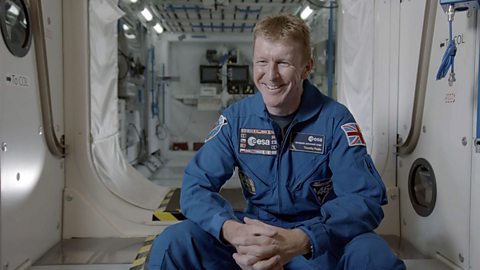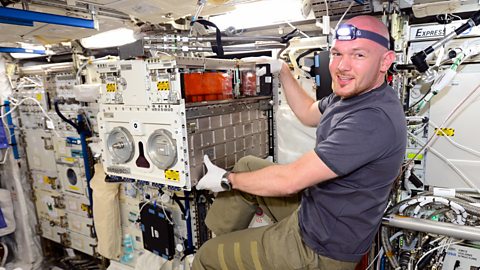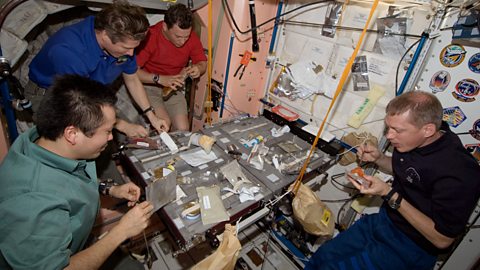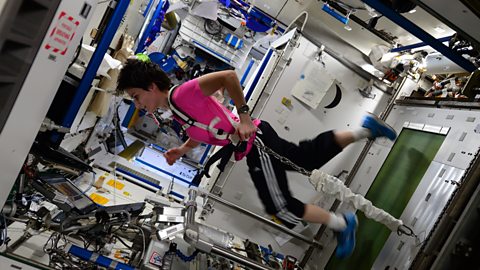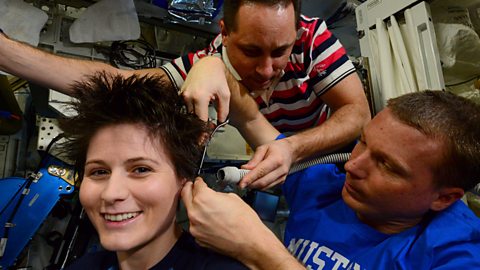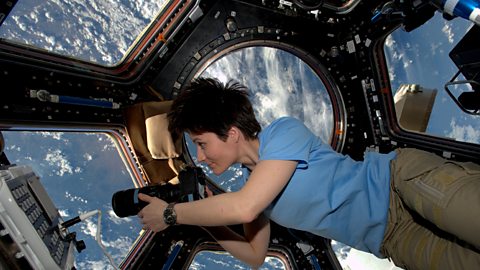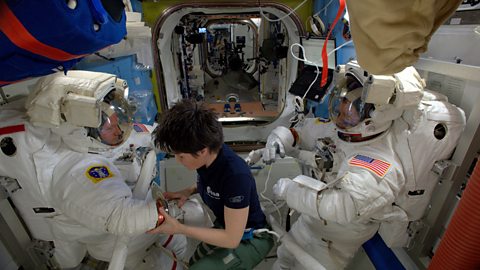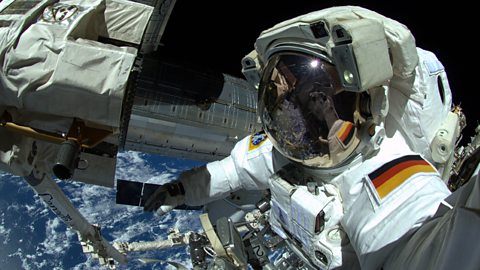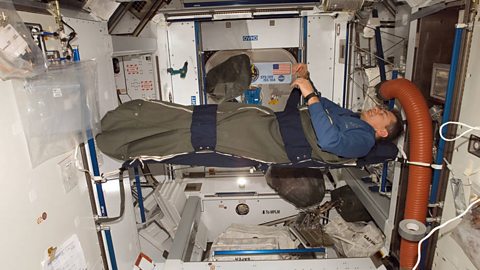You might have dreamed of floating in space: the International Space Station glinting in the sunshine beside you and the earth hanging below. It might sound like a beautiful and calm place, but space comes with a serious health warning.
If you stepped out into space without the proper equipment you’d only last a few seconds. So the International Space Station (ISS) needs to recreate the conditions of Earth in space. Astronauts need air to breathe, water to drink and a stable environment. But even within the safety of the ISS there are invisible dangers that push the human body to its limits.
So, what’s it like for the men and women who have to live and work on the final frontier?
Tim Peake explains how spacesuits keep astronauts alive when they're outside the space station. Archive: NASA

What happens to the body in space?
There isn’t an up or down in space, like we’re used to on Earth, so your brain can get confused. Astronauts often complain of feeling sick during the first few weeks on the ISS and the body usually takes a little time to adjust.
Living in space has been described as being a bit like standing on your head. With less gravity pushing down on you, fluids tend to pool in the upper parts of your body. This gives astronauts a puffy, red face.
On the ISS the pull of gravity isn't as strong as on Earth. Your muscles don’t need to work as hard and your bones weaken. Each crew member has a strict daily exercise routine to make sure they don’t waste away.
Your heart muscle gets weaker as well, as it requires less effort to pump blood around the body in microgravity. Astronauts also typically grow a few centimeters taller in space.
Without the earth’s atmosphere to protect them, astronauts are constantly bombarded by cosmic rays. These invisible waves zap the body and increase the risk of diseases.

Fran Scott explores what happens to the body in a vacuum. Archive: ESA, NASA
Click below on the different parts of the spacesuit to find out more.
Images: ESA, NASA
Explore the gallery below to find out what day-to-day life is like for astronauts on board the International Space Station.
Life on the ISS
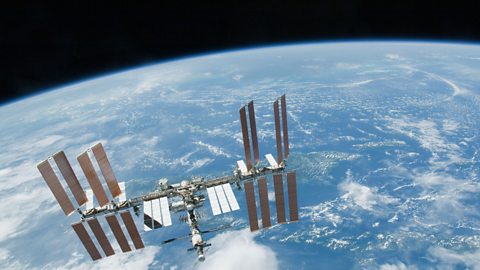
Image caption, The International Space Station is a habitable artificial satellite. It travels around the Earth at 17,000 mph, so astronauts on board see 16 sunrises and sunsets in just one day. ESA/NASA
1 of 9
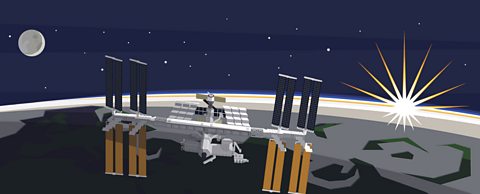
Bitesize Primary games. game
Play fun and educational primary games in science, maths, English, history, geography, art, computing and modern languages.

More on Earth and space
Find out more by working through a topic
- count11 of 14
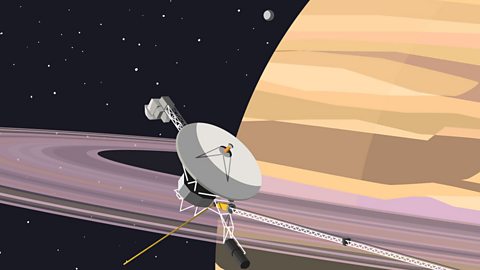
- count12 of 14

- count13 of 14
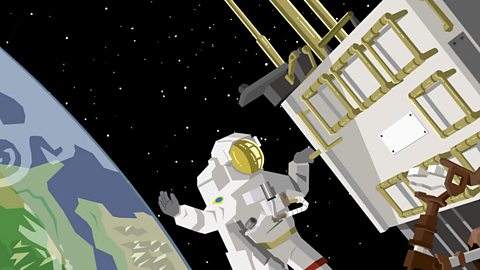
- count14 of 14
